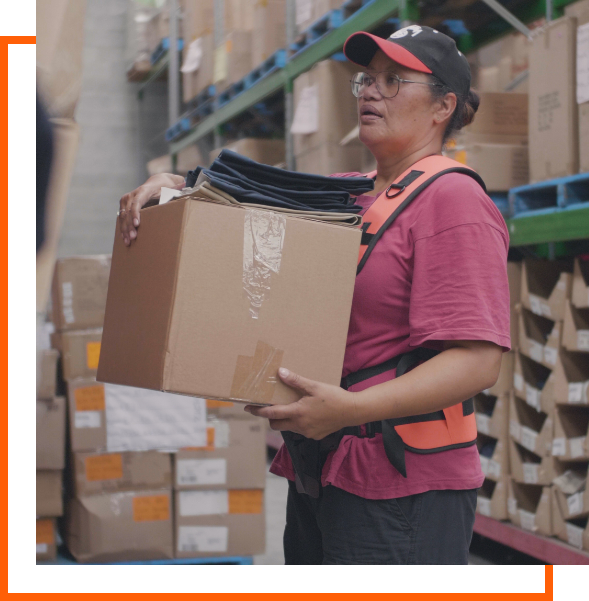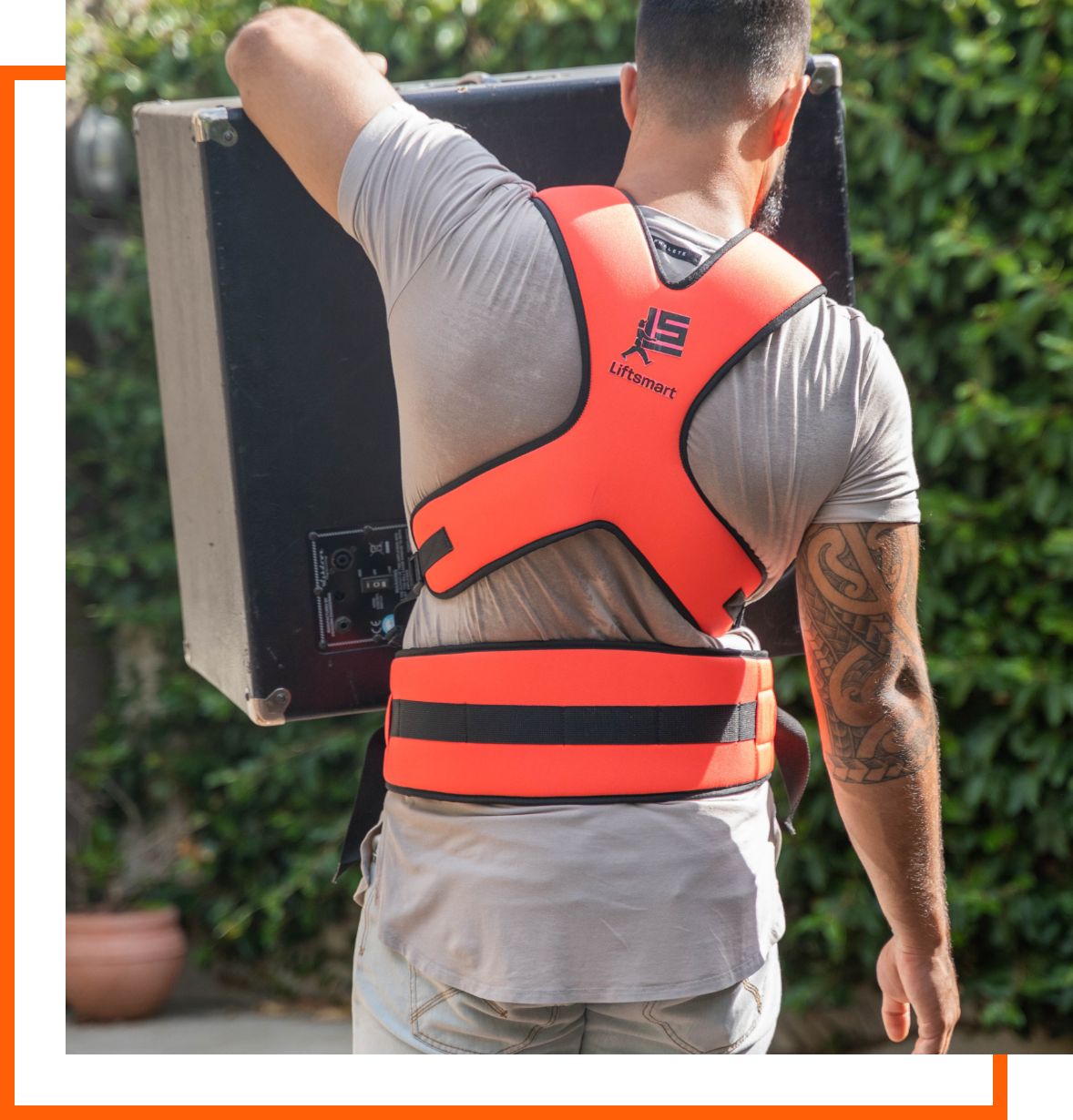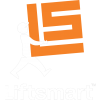A study done at the University of Auckland proved that Liftsmart significantly reduced peak elbow torque. Without the device, peak elbow torque was between 36,000 and 38,000 N.mm (Newtons per millimetre). With the belt only 4,500 N.mm were exerted on the elbow.
A similar study by Hong Kong University tested subjects as they carried loads of various weights on a treadmill wearing a similar belt device. The study found that ‘At a load of 15kg, the mean heart rate, normalized oxygen uptake, minute ventilation, and peripheral rating of perceived exertion were significantly lower by 6.6, 8.0, 11.8 and 13.9% respectively. The device significantly improved posture and reduced pressure on the body. What a winning combination.



